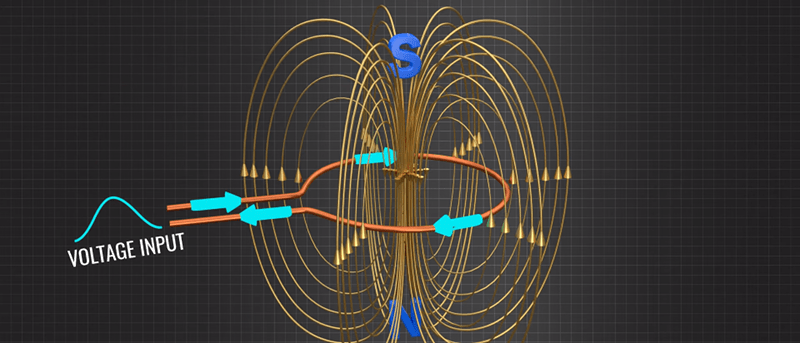
If you have done any sort of radio work you probably have a fair idea about what antennas do. It is pretty easy to have a cursory understanding of them, too. You probably know there’s something magic about antennas that are a quarter wave long or a half wave long and other multiples. But do you know why that matters? Do you understand the physics of why wire in a special configuration will cause signals to propagate through space? [Learn Engineering] does, and their new video is one of the best graphical explanations of what’s really going on in an antenna that we’ve seen. You can watch the video below.
If you tackle antennas using math, it is a long discussion. However, this video is about 8 minutes long and uses some great graphics to show how moving charges can produce a propagating electronic field.
The 8 minute time limit did however leave us wanting more, as the first part does a great job of explaining charge movement in a dipole but what follows just looks very quickly at some TV, satellite, and cell phone antennas.
This video won’t make you an antenna design expert, but unless you are a guru we will bet you find at least one thing you didn’t know in them. If you want to go further, [Mark Hughes’] introduction has graphics that aren’t quite as slick as these, but still make for a much easier explanation than you’ll find in a textbook. If you do go all in on antennas, modeling them is easier than it used to be, thanks of course to computers.
No comments:
Post a Comment